Scientific Pioneers
In Muslim tradition, people are encouraged to seek knowledge from all sources and then process that information to produce new insights. In the middle Ages, Muslim scholars developed inventions that changed the world, from mathematics to medicine and beyond. In contemporary American society, Muslim innovators have revived this tradition of pioneering scientific inquiry.
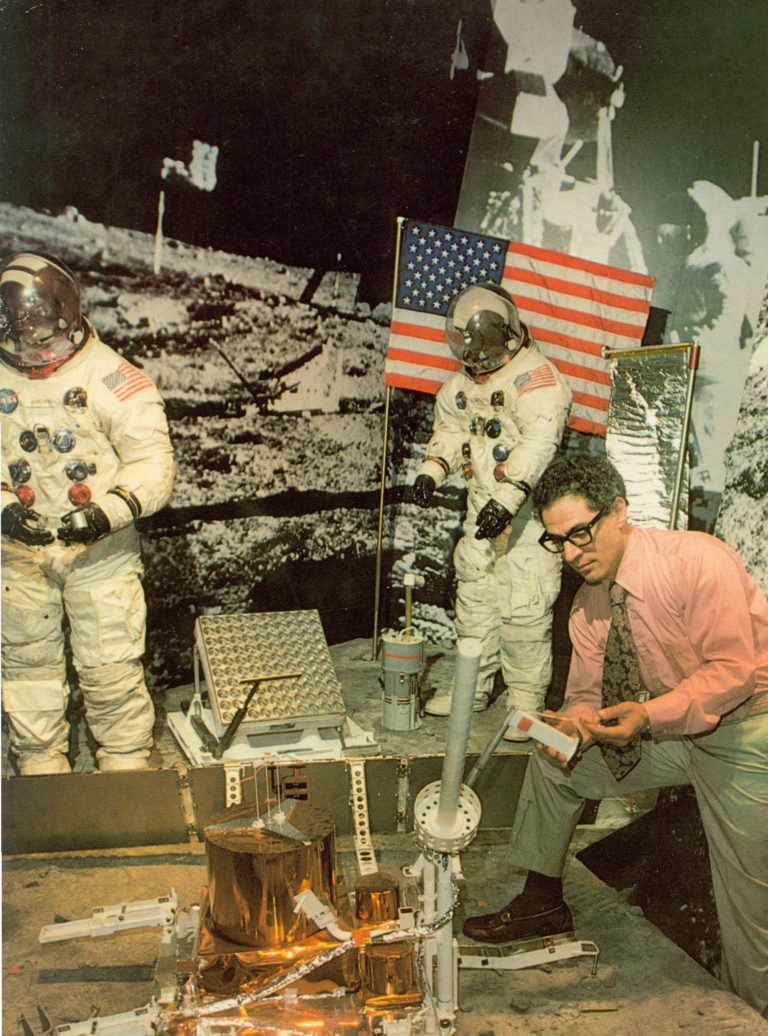
The Force behind NASA’s Apollo Lunar Mapping Program
When NASA sent the Apollo 11 mission to land a man on the moon for the first time, the space agency turned to Farouk El-Baz to identify the right landing spot for the lunar craft. El-Baz studied thousands of satellite images of the moon’s surface and trained astronauts to prepare them for lunar geological conditions. Because of his talent for explaining advanced scientific concepts, El-Baz was also often in charge of briefing the media during Apollo lunar missions.
A native of Egypt’s Nile Delta, El-Baz came to the US for graduate school to study geology. Today he directs the Center for Remote Sensing at Boston University. Inspired by his experience going on hajj (pilgrimage) to Mecca and touching the legendary Black Cornerstone of the Kabah shrine, El Baz developed the concept of museum exhibits where visitors could touch moonrocks.
El-Baz has received NASA’s Apollo Achievement Award; the Geological Society of America has established an annual prize Farouk El-Baz Award for Desert Research; and astronomers have named an asteroid in his honor. Perhaps most importantly, Star Trek: Next Generation name done of its shuttle craft “El-Baz” in homage to the extra-terrestrial pioneer.
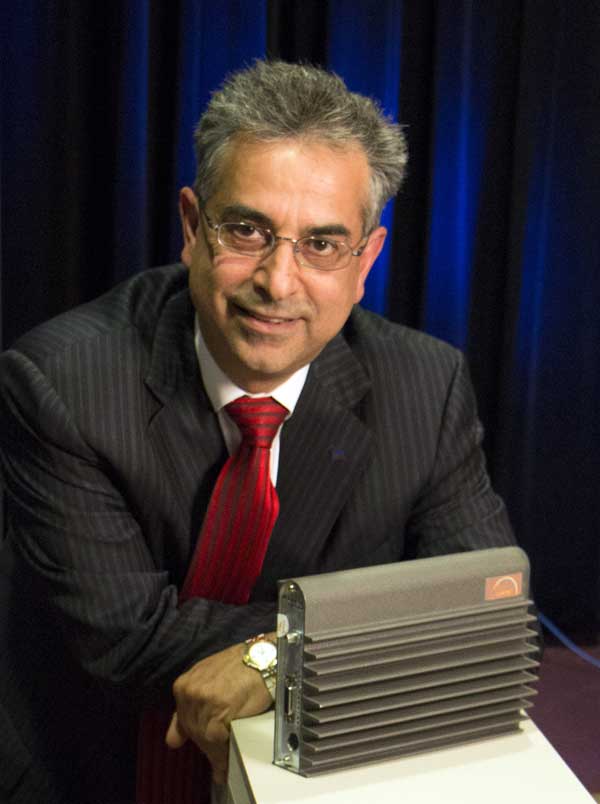
Inventor of the Cable Modem
People told Rouzbeh Yassini that it could not be done: cable TV wires could never transmit both video and data. But Yassini persisted, launching his own company LAN city to develop the cable modem and the core building blocks of the broad band industry. Thanks to his vision, widespread high-speed Internet access is a reality.
A Tehran native, Yassini immigrated to the US during college. Known as the “father of the cable modem,” he drove the price of cable modem from $15,000 to $500 in just five years, making the product accessible to the masses. He also developed the Cable Modem Industry Standards DOCSIS as a common international standard. In 1996, he founded YAS Corporation (inspired by the Persian name for a jasmine flower) to develop numerous tech start-ups, and in 2013 he opened the University of New Hampshire’s Broadband Center of Excellence.
Yassini authored the book Planet Broadband to chronicle his transformational work in the industry. He dreams of a future where all human beings, wherever they live, can enjoy reliable high-speed Internet connections.
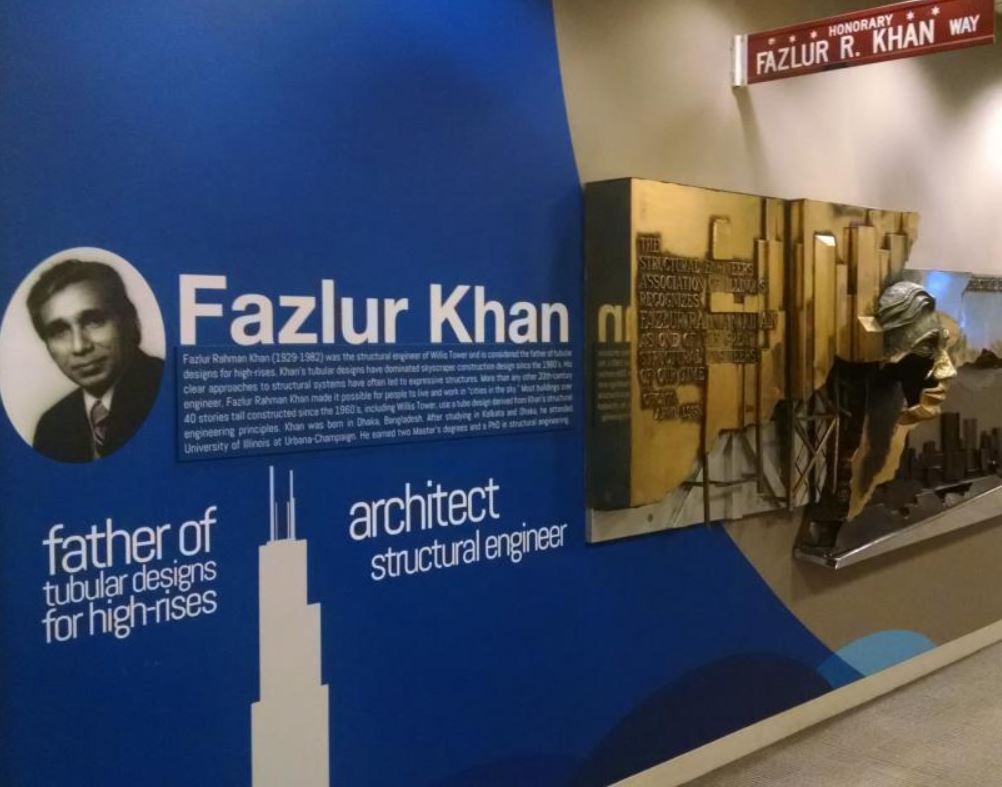
Creator of the Modern Skyscraper
In 1973, Fazlur Rahman Khan, and an architect originally from Bangladesh, designed Chicago’s iconic Sears Tower. For 25 years, the tower stood as the tallest building in the world. For his ground breaking engineering techniques, Khan has been hailed as “The Man behind Every Modern Skyscraper” and “The Man Who Saved the Skyscraper.”
Khan’s insight was to design a building that relied on an exterior frame for its main support, rather than the traditional central steel supports. Vertical tubing protected against challenges posed by high winds and simultaneously opened interior space at the center of the building where steel supports traditionally stood. Khan called his approach “structural empathy”–envisioning buildings like the human body so they might absorb stresses in more natural ways.
Thanks to his engineering breakthroughs, the man from Bangladesh who never even saw a skyscraper until he was 21 years old came to be recognized as the “Einstein of Structural Engineering.” Today the intersection outside the Sears Tower in Chicago at Franklin and Jackson streets is called “Fazlur R. Khan Way.”
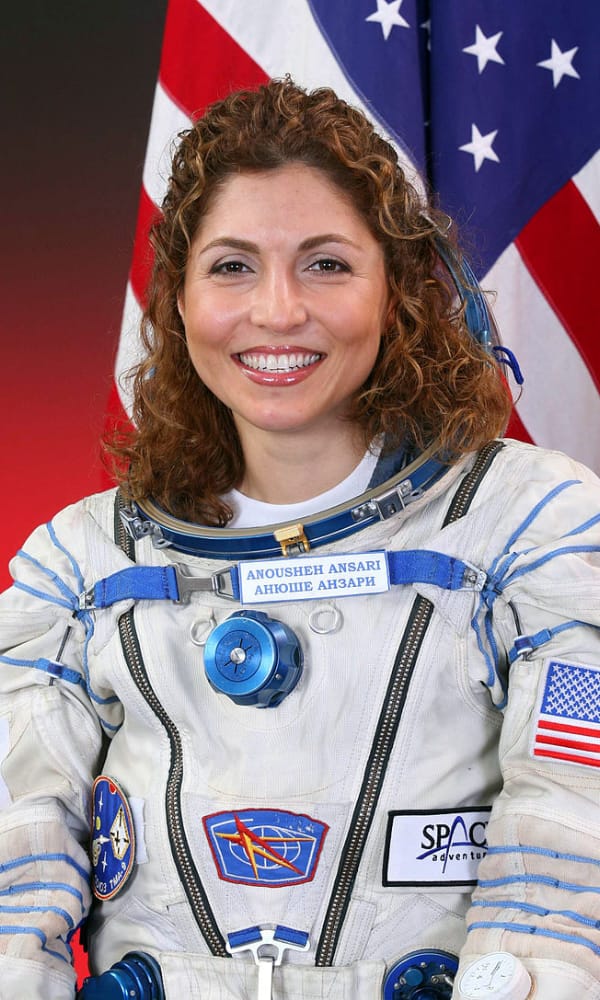
First Female Private Astronaut & Ansari X-Prize Founder
In 2006, Anousheh Ansari lifted off in a rocket ship to the International Space Station, becoming the first female private astronaut in history. On her nine-day mission she became the first person to publish awe blog in space and conducted scientific experiments. To help inspire private spaceflight, Ansari sponsored the $10 million Ansari X-Prize award for the first non-governmental project to launch a reusable spacecraft in orbit twice in two weeks.
Ansari immigrated to the US from Iran as a teenager. In 1993, with US telecoms undergoing deregulation, she saw the need for new technology to meet the industry’s increasing digitization. She convinced her husband and brother-in-law to launch a new start-up, drawing on their own retirement accounts to fund the venture. The company took off, and Ansari eventually enjoyed a net worth of hundreds of millions of dollars–enabling her to self-fund her space mission.
Ansari’s memoir My Dreams of Stars recounts her remarkable journey from refugee to serial entrepreneur to astronaut. The National Space Society awarded her its “Space Pioneer Award, ”and she received the Ellis Island Medal of Honor for her philanthropic work.
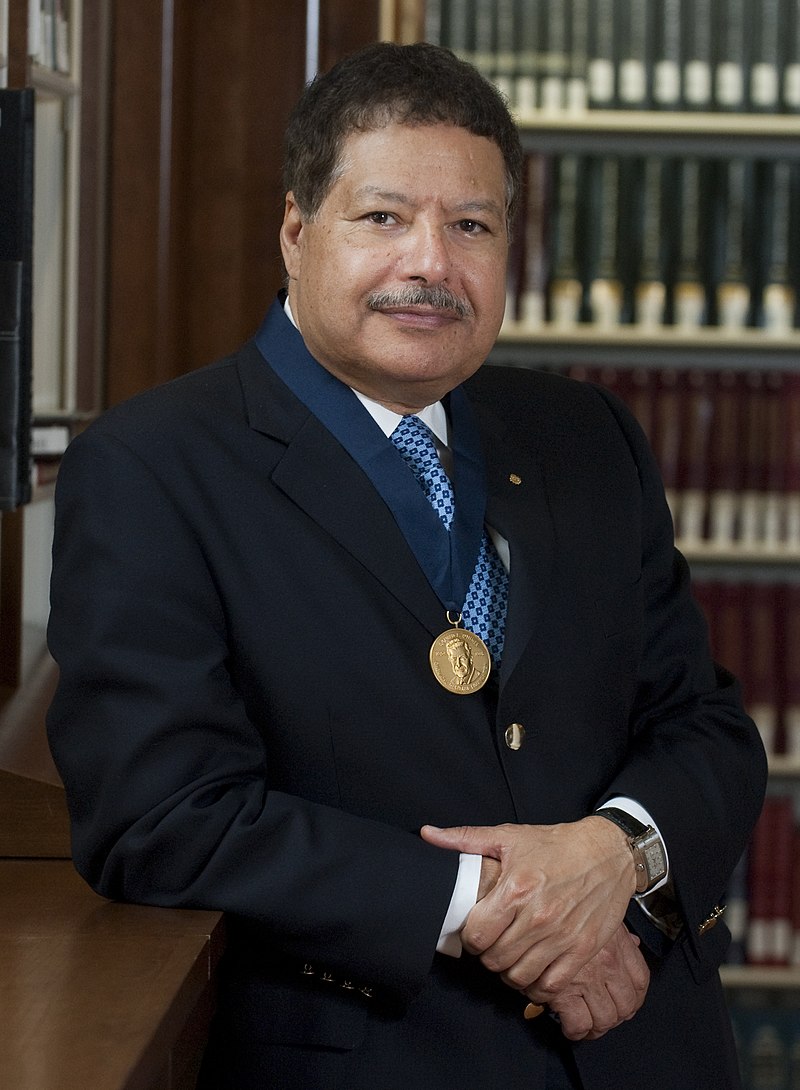
The Nobel Prize-winning “Father of Fem to chemistry”
Ahmed Hassan Zewail won the 1999 Nobel Prize for Chemistry thanks to his groundbreaking laser technique for observing the behavior of the atoms and molecules in chemical reactions. For this breakthrough he has been hailed as the “father of Fem to chemistry,” a field he pioneered.
The son of a mechanic who assembled bicycles in Egypt’s Nile Delta, Zewail came to America to complete his doctorate at the University of Pennsylvania. He eventually became the first-ever Linus Pauling Chair of Professor in Chemistry at the California Institute of Technology and an American citizen. In 1991, he designed the four-dimensional ultra-fast electron microscope. He also served on the Presidential Council of Advisors in Science and Technology.
Zewail authored the memoir Voyage through Time: Walks of Life to the Nobel Prize.
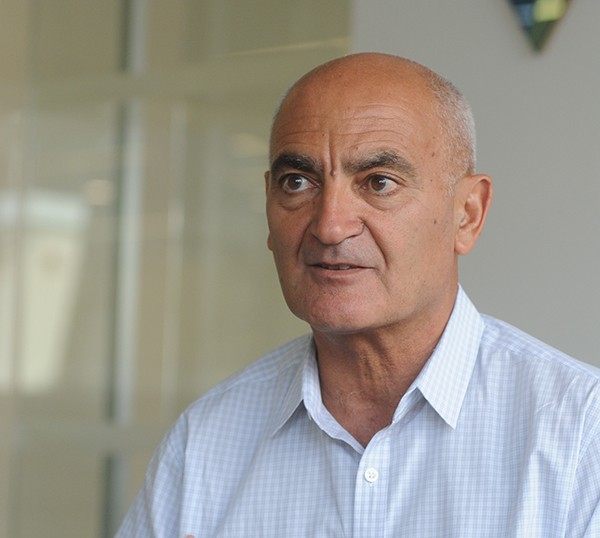
Spearheading the Drive for a COVID-19 Vaccine
With the world crippled by a devastating new virus, Mouncef Mohamed Slaoui stepped up to serve as chief science advisor for “Operation Warp Speed,” the US’s emergency push to rush the development of a vaccine. Hailed as one of the more successful vaccine developers in the world, Slaoui had previously served as chairman of Global Vaccines at biotech giant Galxo SmithKline (GSK).
A native of Agadir in southern Morocco, Slaoui was inspired to study immunology after losing a sister to whooping cough. He pursued university studies in Europe and then moved to the US, soon joining GSK as are searcher. He rose through the ranks and oversaw the development of vaccines to prevent cervical cancer, gastroenteritis, Ebola, and malaria. In 2016, GSK opened the Slaoui Center for Vaccines Research in Maryland in tribute to his pioneering work.
Slaoui’s expertise is being put to the test in a race against time to develop and distribute a vaccine in record time.
